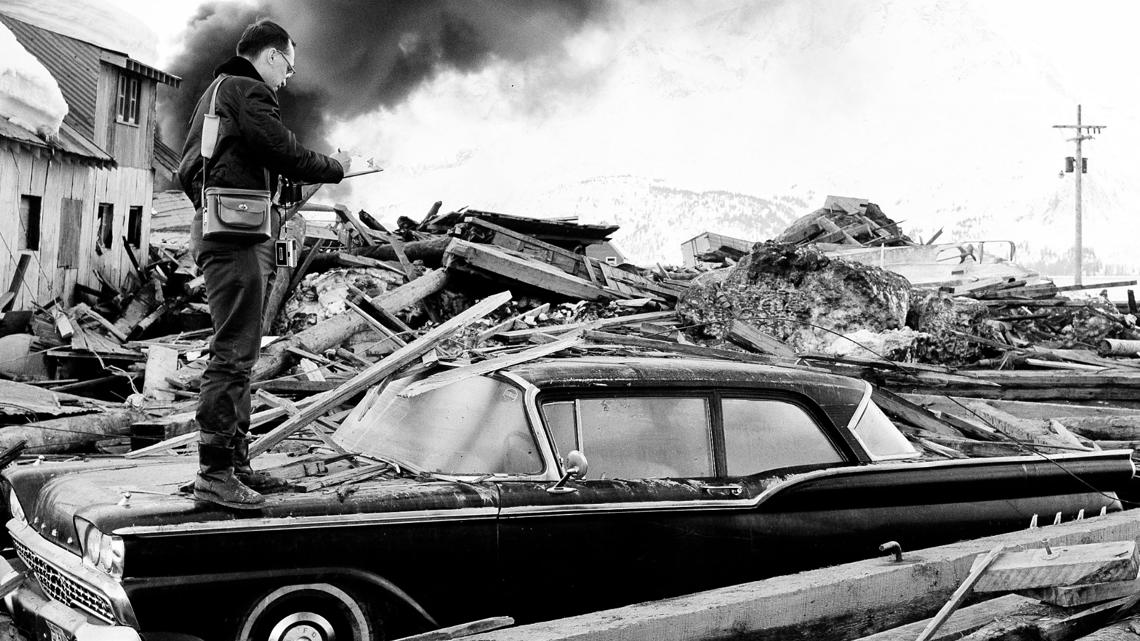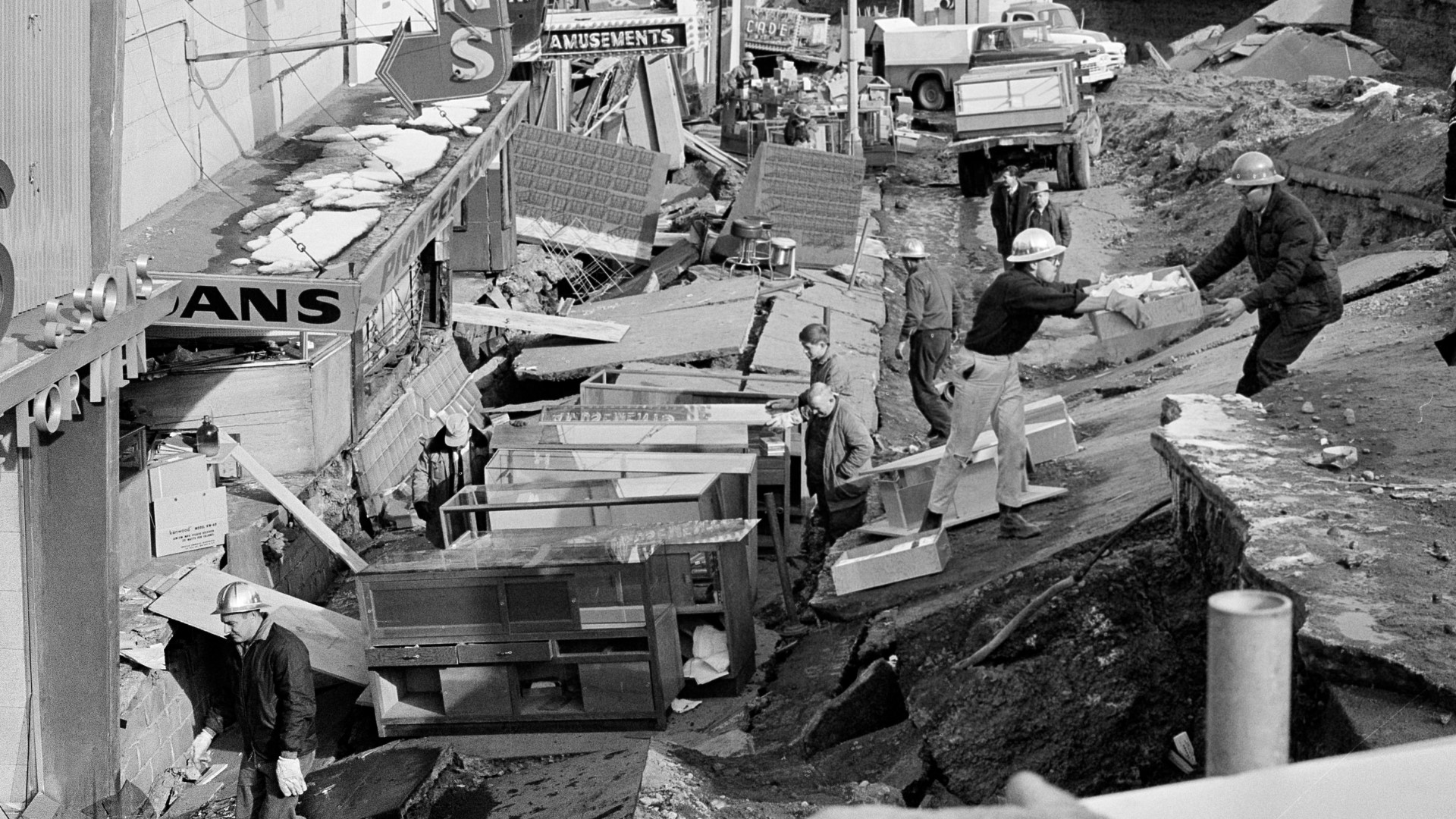Wednesday, March 27 marks the 60th anniversary of the Good Friday Earthquake that shook across Alaska, taking out buildings, homes and roads, too. It also caused a tsunami that impacted parts of the West Coast, including Seaside.
That earthquake was registered as a 9.2 megathrust earthquake, which is defined as an earthquake that takes place in a subduction zone and is stronger than 8.0 in magnitude.
Over a hundred people were killed, and it still stands as the largest earthquake ever recorded in North America and the second strongest of all time.
For more than four minutes and thirty seconds on the evening of March 27, 1964, a magnitude 9.2 earthquake shook much of Alaska. In 1964, Bert Sperling was 13 years old and living on a naval base in Kodiak with his family when the earthquake started shaking his house.
“In those days, we didn’t know about tsunamis; we didn't even know about tidal waves. We thought something was going on, and my dad was a meteorologist at the Fleet Weather Center in Kodiak," said Sperling of his experience 60 years ago.


Sperling’s dad then rushed his family to a safer place. "He rushed us to the highest point on the island and the water came up 20 to 25 feet; there were 11 waves, one after another, for over a period of 12 hours," added Sperling.
The earthquake took the lives of more than 130 people. Twenty two were killed in Kodiak, including a classmate of Sperling, who was swept out to sea from the tsunami.
Sperling recalled that he and his family were out of power for three weeks, and all of the roads in and around Kodiak were gone.
Sperling still remembers what it was like walking through town: "These huge fishing vessels, 100 feet long, were deposited in the middle of the town."
Strong aftershocks lasted for nearly a year after the original earthquake. Sperling still remembers some of the smaller villages were wiped out and many people moved away and started over somewhere else.


But what if one happened here in Pacific Northwest today?
"Why do we have to worry about that here is because we're going to have the same kind of subduction zone earthquake, and we’re going to have lots of earthquakes after the original one occurs," said Scott Burns, a professor emeritus of geology at Portland State University.
He believes when the big one hits, we're not going to be able to drive over most of the bridges in Portland.
"A lot of the bridges would be down, especially some of the on-ramps and off-ramps, which just haven't been upgraded, so how are you going to get from one side to the other? You’re going to have boats get you across," Burns said.
RELATED: Interstate Bridge Replacement Program releases new concept images showing bridge from the ground
At the Oregon Coast, it's going to be devastation, according to Barnes. He said all of the coast areas are going to have to fend for themselves because every road from Portland to the coast is going to have landslides, which is going to be a disaster.
Burns said that the type of earthquake that hit Alaska is the exact type that will hit our area someday.
"The Pacific plate is moving here and being subducted, and that’s where all of your subduction earthquakes are," Burns said.
He said preparing now will help us all for when out next big earthquake hits.

